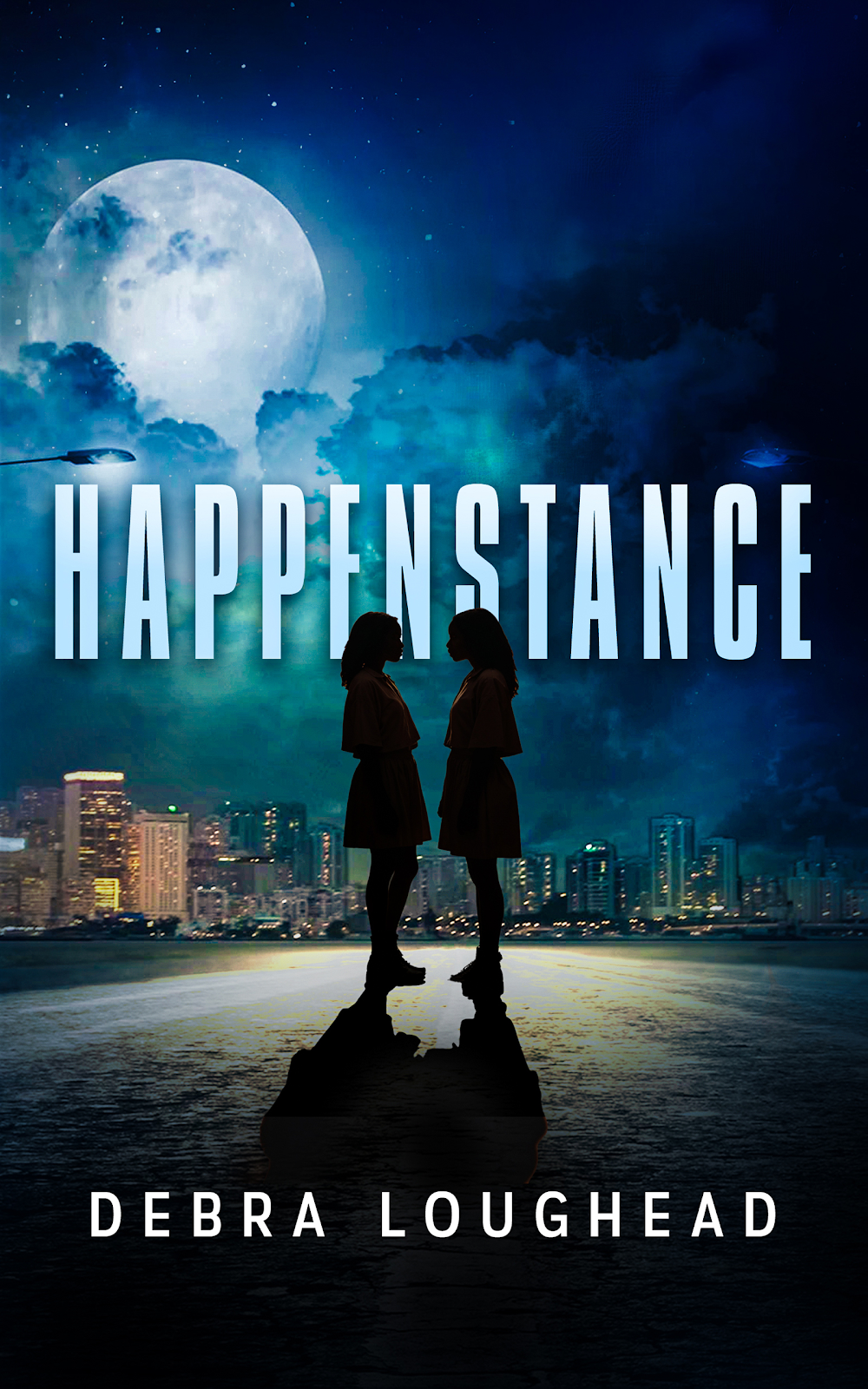Not so very long ago, about six years or so, I had a
notion to give up my writing career temporarily if not altogether. After four
fulfilling decades of creating stories for young people as well as short
stories and poetry for a wider audience, I felt as if I were aging out. As if I
should step back and make room for newer, younger voices who, perhaps, had more
to say than I did and could tell it better. (I’ve always been plagued by
self-doubt, as so many writers are.)
I did so
reluctantly, but also because my brain was tired and I thought I at least
deserved a vacation from living inside a protagonist’s head twenty-four seven.
Because it’s not just the sitting down and writing part. You have to live with
your characters nonstop, waiting for them to make a move that you never
expected as you travel along on their journey; they often wake you at night,
and you scribble some notes about them, bleary-eyed by the light of your cell
phone.
It’s a huge
commitment to complete a novel, and a mix of elation and exhaustion.
So I did
it. I took a five year hiatus from writing. During that time I had enough going
on to keep me preoccupied. For one, I started a ‘vintage’ journey, since ‘old
things’ have been my passion for almost as long as writing has. One of my very
first published pieces appeared in the Toronto Star back in 1992 and it was, in
fact, entitled ‘Old Things’. The essay was about the value of vintage, and how
we should try to respect and cherish venerable pieces from the past that have
led rich and functional preloved lives. I’ve always been a collector and
conserver of ‘old things’, and wanted to take a step it further.
I started
my new life chapter by collecting vintage bits and pieces, enjoyed scouring
thrift and antique shops buying cool stuff, until ultimately I was drowning in
a surplus of old things. That’s when it was time to pursue another dream of
mine. I started an Etsy shop called Happy Old Glass. And I opened a vintage
booth at a place called Arts Market in Toronto. I set up shop in a frigid
January 2020…and well, who can ever forget what happened in March of that year.
Everything was shut down and luckily the landlord ceased requiring rent
payments for the many months of closing, reopening and closing again. But it
all came back eventually and I continued on my vending adventure.
At first I
revelled in the relief. It felt so liberating to be freed from that persistent
and unabating surge of words and sentences pummeling your brain while you walk
around in a constant daze having conversations with all the characters that
have usurped your thoughts.
But it
wasn’t long before my resolve began to falter. Something was missing from my
life, something deep and innate and, well, actually restorative. As much as I
was able to feel good about my little shop’s motto of ‘reduce, reuse, recycle’,
a backlog of unwritten stories and burgeoning words was building up in my
brain, practically begging to be unleashed. Although it was less of a burden
without the ‘encumbrance’ of a story weighing on my mind and following me
everywhere, I was missing the relationships I’d once committed to with the
creation of a fictional someone who kept my imagination company all day.
A writer’s
got to write, there’s no doubt about it. The pressing urge to commit words to a
page is ever present. No matter what you’re doing to distract yourself, there’s
always a niggling little voice in your head that keeps trying to lure you back
to that chair in front of your computer screen. One that keeps whispering story
ideas to your subconscious mind. One that keeps on prodding you, goading you,
admonishing you for not even trying. The writing muse is like having a personal
trainer living in your brain, constantly badgering you to do better.
So I
finally gave in to that mercurial muse of mine because she just would not quit!
I’ve closed up my Arts Market booth, but I’m hanging onto my Etsy shop for the
time being because I have to try and sell some of the plethora of vintage merch
I’ve accumulated over the past five years. Somewhere there’s a story in all
this. I’m sure of it, and maybe someday I’ll get to it, since novels about
antique hunters are all the rage. Yes, I’m back at my desk again, reviewing
novel manuscripts both in progress and completed. And it’s such a relief to
unburden myself of all those excess words that were beginning to clog up my
brain. It’s almost given me a modicum of hope, as if my well-deserved brain
vacation has helped to rekindle that flame.
I’ve always
believed that writers never retire. It’s almost impossible, since our buzzing
brains just won’t ever allow it. The muse seldom takes a holiday, even when we
do!
https://bwlpublishing.ca/loughead-debra/



.jpg)








.jpg)


%20wedding%20cake.jpg)


























